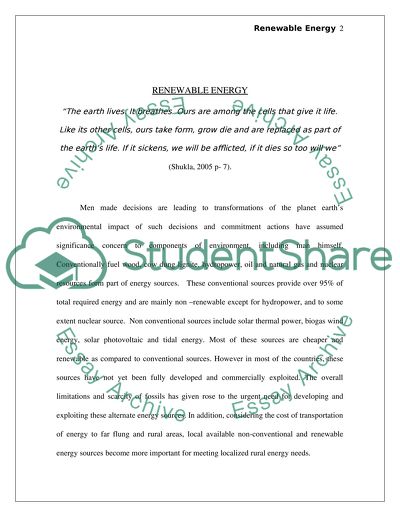Cite this document
(“Environmental Importance of Concentrating on Renewable Energy Sources Research Paper”, n.d.)
Environmental Importance of Concentrating on Renewable Energy Sources Research Paper. Retrieved from https://studentshare.org/environmental-studies/1524313-renewable-energy-essay
Environmental Importance of Concentrating on Renewable Energy Sources Research Paper. Retrieved from https://studentshare.org/environmental-studies/1524313-renewable-energy-essay
(Environmental Importance of Concentrating on Renewable Energy Sources Research Paper)
Environmental Importance of Concentrating on Renewable Energy Sources Research Paper. https://studentshare.org/environmental-studies/1524313-renewable-energy-essay.
Environmental Importance of Concentrating on Renewable Energy Sources Research Paper. https://studentshare.org/environmental-studies/1524313-renewable-energy-essay.
“Environmental Importance of Concentrating on Renewable Energy Sources Research Paper”, n.d. https://studentshare.org/environmental-studies/1524313-renewable-energy-essay.


